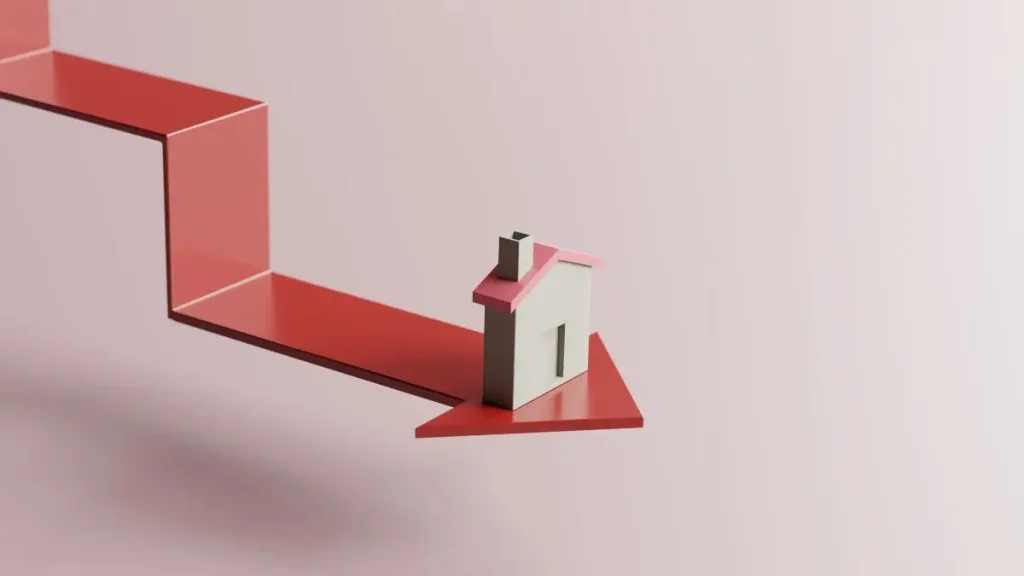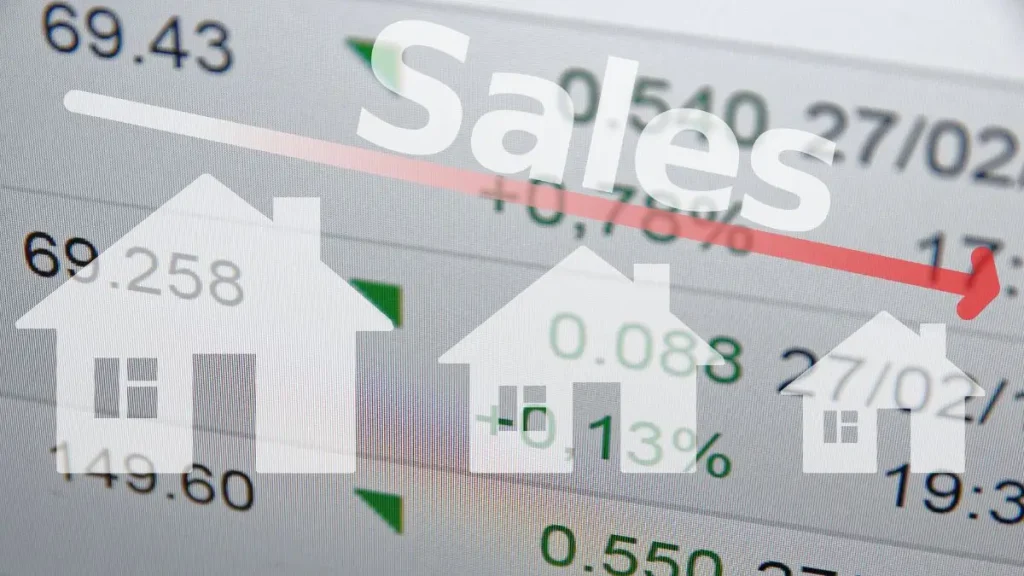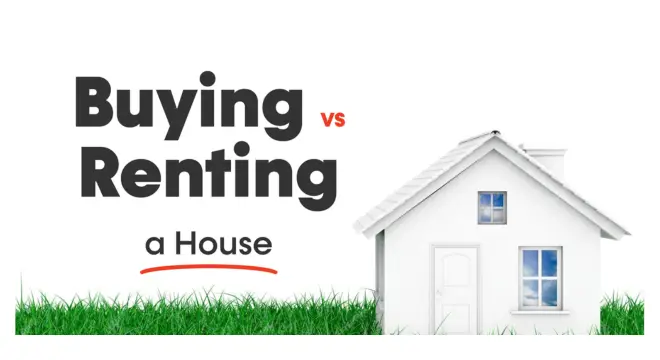Florida Housing Industry Deals With Unusual Slowdown
You’d expect spring to be the hottest time for real estate in Florida. Sunshine, school breaks, tax refunds—it’s when people usually move. But this year? Builders across the state are seeing something different. Sales are down. Inventory is sitting longer. And even big-name developers are throwing in incentives just to keep traffic coming through the doors.
I’ve been watching this space for years, and it’s rare to see a slowdown right when the market should be buzzing. According to data from John Burns Real Estate Consulting (JBREC), eight Florida metros saw a drop in new-home demand during what’s typically the most active season. That includes spots like Fort Myers, Lakeland, and parts of the Gulf Coast that were booming just a year or two ago.
It’s not just a minor dip either. We’re talking about price reductions, rate buydown offers, and even design upgrade credits—things that didn’t exist during the pandemic buying frenzy. Builders are adapting, fast. But what’s really going on behind the scenes?
That’s what we’re unpacking here: not just that there’s a slowdown, but why it’s happening, where it’s hitting hardest, and what it means if you’re thinking about buying, selling, or investing in Florida real estate.
What about you—have you noticed fewer “For Sale” signs getting snapped up in your neighborhood lately? Drop your city in the comments—I’d love to hear what’s shifting in your part of Florida.
What’s Causing This Unusual Shift in Buyer Activity?
I’ve been studying housing market shifts for over two decades, and let me tell you—what’s happening in Florida isn’t random. It’s a cocktail of factors that are now starting to boil over.
You’ve probably seen it too: fewer open houses, more price cuts, and homes sitting unsold for weeks. According to a detailed piece by Newsweek, multiple cities in Florida are seeing unexpected price drops and buyer hesitation—something we normally associate with off-season months, not spring.
So what’s really going on?
First, interest rates are still hovering around 7%. Even a small increase in mortgage rates can add hundreds to your monthly payment. If you’re a first-time buyer, that kind of jump can push your dream home just out of reach.
Second, Florida’s insurance costs are climbing fast. I’ve seen policies double in some parts of the state. And HOA fees? They’re creeping up too, especially in aging condo developments. That’s money out of your pocket every single month, which makes even discounted new builds less appealing.
Lastly, let’s talk inventory. Florida saw a building boom post-2020. Builders were responding to high demand, but now? That inventory is sitting, and it’s giving buyers more power to negotiate—or just walk away.
And while affordability is a challenge, some buyers may still qualify for up to $3,200 in overlooked tax credits—which could help ease upfront costs.
These Florida Cities Are Seeing the Sharpest Cooldown

Let me get specific with you—because not every city in Florida is feeling the slowdown the same way. Some are stalling, others are hanging in there. I’ve looked at the numbers, and here’s where it gets interesting.
Fort Myers and Lakeland? They’re at the top of the list when it comes to new-home price cuts. In Fort Myers especially, incentives are common now—things like appliance packages, closing cost credits, or rate buydowns just to move inventory. If you’re house hunting there, this might be your window.
Naples and Sarasota are seeing longer time on market, even in higher-end segments. I’ve talked to local agents who say foot traffic has dropped compared to this time last year.
On the flip side, Jacksonville and Orlando are seeing a slowdown—but not a collapse. These metros have strong job growth and population inflow, which gives their markets a bit more cushion.
West Palm Beach, though? That’s one to watch. Inventory has jumped significantly in just a few months, but investor interest hasn’t faded. It’s the classic supply-vs-demand game—and you, as a buyer or investor, can play it to your advantage right now.
Nationally, we’re also seeing a shift where sellers are starting to outnumber buyers—a reversal that hasn’t happened in over a decade.
Builders Are Pulling Back—Inventory Won’t Stay High for Long
Here’s something I’ve noticed that many casual buyers miss: builders are already reacting to this slowdown. You won’t see this in big headlines yet, but the numbers are clear.
In January 2025, there were over 54,000 new home listings across Florida. By May, that number dropped to about 45,000. That’s a steep pullback in just a few months.
If you’re planning to “wait it out,” just know—this level of inventory won’t last forever. Builders are slowing permit approvals, cutting marketing budgets, and even pausing construction in some developments.
That means if you’re hoping for prices to crash? You might miss the window entirely. I’ve seen this cycle before: when supply tightens again, prices bounce back—and fast.
So if you’ve been watching from the sidelines, thinking, “Maybe I’ll wait till the end of the year,” I’d encourage you to start talking to a builder now, while the incentives are still on the table.
We’ve been tracking builder incentives and metro-specific pullbacks through several insider housing groups—including a WhatsApp feed that flags weekly trends across Florida. One recent update even highlighted builder retreats in Lakeland and Naples weeks before it hit the news.
Should You Wait or Buy Now?
This is the question I hear the most—and it’s a good one. Because I get it. When the market feels uncertain, the instinct is to hold back.
If you’re a buyer, here’s what I’d tell you: now is one of those rare moments where you have leverage. Builders are offering incentives like rate buydowns, free upgrades, and closing cost help. I’ve even seen some offer prepaid insurance for a year. But these perks usually disappear once demand picks back up.
If you’re a seller, don’t panic. Slashing your price might not be the answer. Instead, focus on curb appeal, staging, and highlighting upgrades that matter—like hurricane windows or updated roofs. These are huge selling points in today’s Florida market.
And if you’re an investor? This is when the long game pays off. Focus on metros like Orlando or Tampa, where job growth is outpacing national averages. The rent demand is still solid, even if home buying has cooled. That tells me there’s underlying strength, not collapse.
At 6.85%, the monthly payment on a mid-priced Florida home has jumped significantly—here’s a breakdown of what $431K looks like in 2025.
Why This Slowdown Might Be Temporary?

Let me end with a bit of perspective—because I’ve seen enough cycles to know that this won’t last forever. Florida has strong fundamentals that most markets would kill for:
- Zero state income tax
- Year-round tourism
- Consistent job growth
- Continued in-migration from other states
What we’re seeing right now is market correction, not a crisis. Builders are pulling back, not dumping inventory. Investors are watching closely, not running for the hills. And buyers like you? You have a rare chance to get in while the market is still figuring itself out.
So don’t just look at the headlines. Dig into what’s really happening. Ask smart questions. And most importantly—act when the numbers make sense, not when the crowd tells you to.
Why Florida’s Slowdown Isn’t a Crash—And What Comes Next?
I’ve been through the 2008 bust, the COVID boom, and everything in between—this doesn’t look like a crash to me. Not even close. What we’re seeing is a market correcting itself after an overheated run. That’s not bad news. It’s a chance to reset.
Here’s why I say that:
- Florida’s still adding thousands of new jobs every month.
- Inbound migration from high-cost states like California and New York hasn’t stopped—it’s just leveled off.
- The long-term appeal of no income tax, warm climate, and tourism-driven economy is still strong.
Builders are responding the way smart operators do—they’re not panicking, they’re adjusting. Permits are slowing. Inventory is dropping. That tells me they see this as temporary.
If you’re looking to make a long-term move—whether as a homeowner or investor—this could be your window. When interest rates eventually come down (and they will), demand is going to roar back. And the buyers who acted early? They’ll already be sitting in position.
This slowdown is Florida hitting the brakes—not hitting a wall.
Final Thoughts
Florida’s housing market is going through a reality check—not a free fall. After years of surging prices, frenzied demand, and record-low inventory, what we’re seeing now is a market catching its breath. And that’s not necessarily a bad thing.
Whether you’re a buyer hoping for better deals, a seller trying to time your exit, or an investor scanning for long-term plays—this slowdown is your signal to think strategically, not emotionally.
Yes, mortgage rates are still high. Yes, insurance costs are hurting affordability. But builders are adjusting, supply is stabilizing, and demand in key Florida metros remains resilient.
If the last five years were about speed and FOMO, the next five will be about timing, local knowledge, and smart positioning.
So don’t just follow the headlines—follow the patterns. Because when the dust settles, Florida’s fundamentals are still stronger than most.
This isn’t the end of the story—it’s just a different chapter.
You can also check out our Real Estate & Homeownership section for the latest housing trends, expert takes, and city-level breakdowns.
Disclaimer: This article is for informational purposes only and does not constitute financial or real estate advice. Market conditions can vary by location and change rapidly—always consult a licensed expert. Data referenced is accurate as of July 2025 based on publicly available sources.
⭐ Subscribe to Our Newsletter
Subscribe to the publishers newsletter to receive the latest news and updates directly in your inbox


